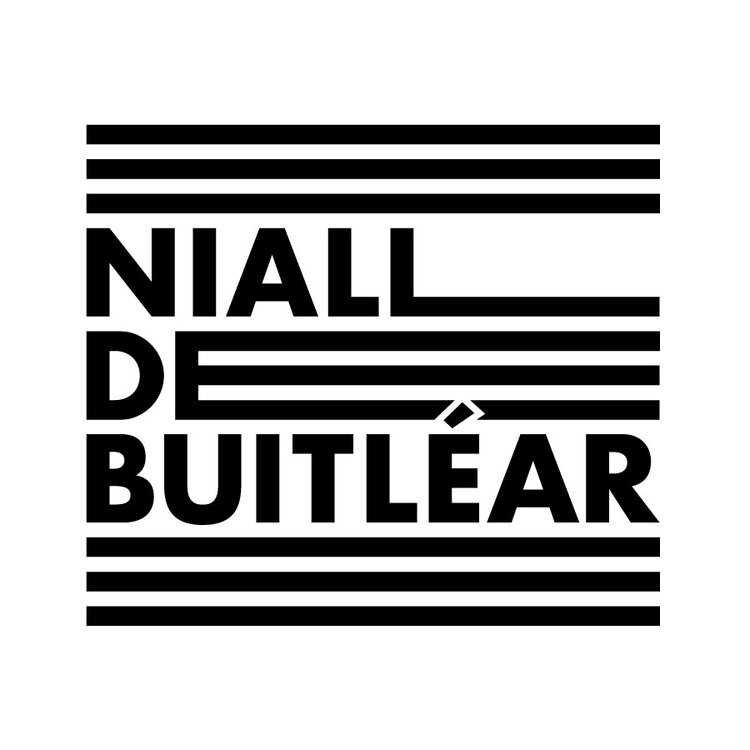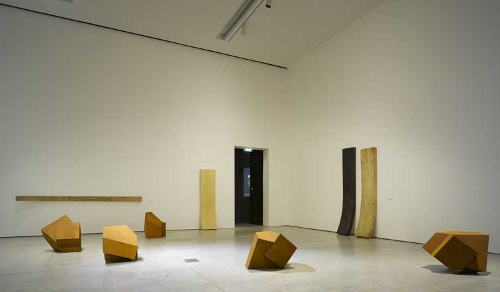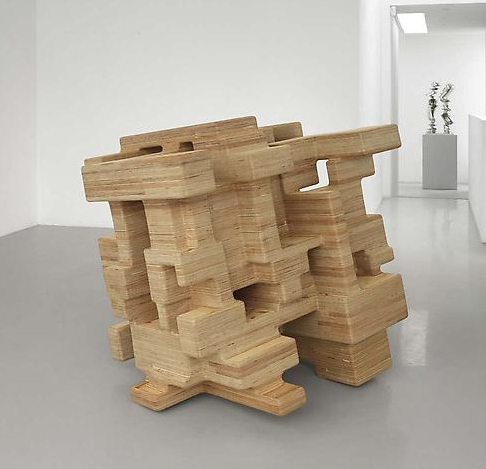 There is an article in today's Irish Times by Willie White, the director of the Project Arts Centre. He writes about the current difficulties facing arts organisations since funding decisions were announced at the beginning of the month. He also expresses concern over funding cuts targeting younger artists and the general slowness of the Arts Council in making funding decisions. below are some excerpts:
There is an article in today's Irish Times by Willie White, the director of the Project Arts Centre. He writes about the current difficulties facing arts organisations since funding decisions were announced at the beginning of the month. He also expresses concern over funding cuts targeting younger artists and the general slowness of the Arts Council in making funding decisions. below are some excerpts:
"Even those with only a passing interest will have noticed this week some complaint and consternation around the Arts Council’s cuts to clients. The cuts were, in many cases, greater than its own cut in the December budget and some longstanding clients have had their funding halved or taken away completely.
The talk now is mostly of unjust treatment of existing clients who are experienced artists, but the understandable protests and letters to the editor threaten to obscure what is, in my opinion, another pressing issue. A generation of new artists has long felt overlooked for funding and the boldness of the Arts Council’s actions has so far not translated into a remedy for this. The council says it has earmarked 20 per cent of funding for one-off projects and awards. There is no chance this money will be available to artists until after project grants announced just this week have been processed, most likely in the summer. This is late in the day to plan activities for 2010. For most of the year the public will see less art and not much of it will be made by people under 35.
Artists who have had regular funding withdrawn have been encouraged to apply for other awards and face at least a nine-month hiatus since making initial applications in September 2009, before they know if they can move forward."
"Unfortunately the Arts Council’s current way of doing business seems unnecessarily slow and not very smart. The reason for the tardiness of the council’s process can’t simply be a consequence of December’s budget. It was two months after the budget, and five months after applications closed, that the recent decisions were communicated and at that the work is only half done. Apart from the nuisance for some lucky clients, having to start planning in earnest for 2010 in the second month of the year, independent artists, those who work outside a company structure, have once again to wait even longer for news of possible funding. It is hard to reconcile this with a commitment to supporting artists to make work and to enabling more people to experience the arts in 2010."






 A
A  There is an
There is an 